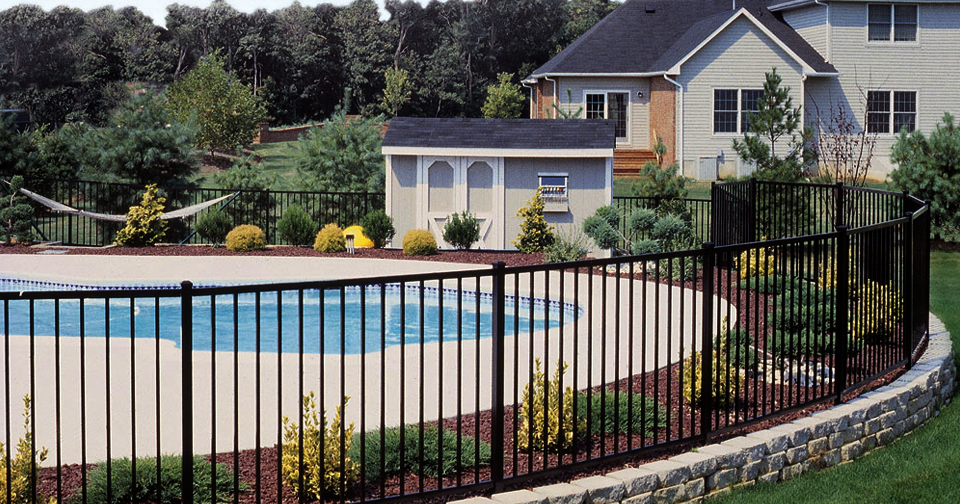

Why do I need a fence around my swimming pool?
SneakersbeShops® , Shop Online For Luxury, High-End Fashion, Expensive & Authentic Designer Brands | G58022 - adidas leather football boots for sale in nigeria - Buy now Adidas ADIDAS TRX VINTAGEBuilding codes have required fences around swimming pools for many, many years, but many people don’t truly understand the reason for this.
So here it is, plain and simple – “Drowning is … the second leading cause of [unintentional injury] death for children ages 1 to 14 years”, according to the Centers for Disease Control. http://www.cdc.gov/HomeandRecreationalSafety/Water-Safety/waterinjuries-factsheet.html (The number one cause is Motor Vehicle Injuries, in case you were wondering.)
The U.S. Consumer Product Safety Commission (CPSC) has estimated that nearly 300 children under the age of 5 drown each year in residential swimming pools while about 5 times that number require hospital treatment for near-drownings. While most people believe that this could never happen in their own pool, here are some sobering statistics from the CPSC publication at http://www.cpsc.gov/cpscpub/pubs/pool.pdf:
- Most victims were being supervised by one or both parents when the swimming pool accident occurred.
- Nearly half of the victims were last seen in the house before the pool accident occurred and another 23% were last seen in the yard or on the patio/porch.
- 65% of the accidents occurred in a pool owned by the victim’s immediate family, and 33% occurred in pools owned by friends or relatives.
- 77% of the victims had been missing for 5 minutes or less when they were found in the pool.
Think about what these numbers tell us – drownings occur mostly when a parent is supervising their child at their own home. The child was seen less than 5 minutes ago either inside the house or just outside it. Still think a drowning couldn’t happen in your pool?
The CPSC staff concluded that “the best way to reduce child drownings in residential pools was for pool owners to construct and maintain barriers that would prevent young children from gaining access to pools.” A four-sided pool fence with self-closing and self-latching gates is almost universally recommended as the best way to prevent children from gaining unauthorized access to a pool.
In addition, the CPSC has set up an entire website dedicated to swimming pool safety at http://www.poolsafely.gov. This site contains videos, news, recalls, fact sheets, and a variety of other information to help pool owners understand the importance of safety around a swimming pool. Check it out for a lot more than I can squeeze into this blog!
Finally, The American Academy of Pediatrics has published a “Pool Safety for Children” page which can be found at http://www.aap.org/family/tipppool.htm. Here are their recommendations on how to help protect your children from drowning:
- Never leave your children alone in or near the pool, even for a moment. An adult who knows CPR should actively supervise children at all times.
- Practice touch supervision with children younger than 5 years. This means that the adult is within an arm's length of the child at all times.
- You must put up a fence to separate your house from the pool. Most young children who drown in pools wander out of the house and fall into the pool. Install a fence at least 4 feet high around all 4 sides of the pool. This fence will completely separate the pool from the house and play area of the yard. Use gates that self-close and self-latch, with latches higher than your children's reach.
- Keep rescue equipment (such as a shepherd's hook or life preserver) and a telephone by the pool.
- Do not use air-filled "swimming aids" as a substitute for approved life vests.
- Remove all toys from the pool after use so children aren't tempted to reach for them.
- After the children are done swimming, secure the pool so they can't get back into it.
- A power safety cover that meets the standards of the American Society for Testing and Materials (ASTM) may add to the protection of your children but should not be used in place of the fence between your house and the pool. Even fencing around your pool and using a power safety cover will not prevent all drownings.
- Teaching your child how to swim DOES NOT mean your child is safe in water.
These are all great rules to follow, no matter how old your children are. Remember that fences, gates, pool covers, and alarms won’t prevent drownings if they aren’t used and adjusted properly. Don’t prop a gate open or leave a pool cover off when no one should be in the pool area. Drowning prevention comes down to constant adult supervision. There is just no substitute for it.
Posted on the Jerith Blog by Bruce S.





